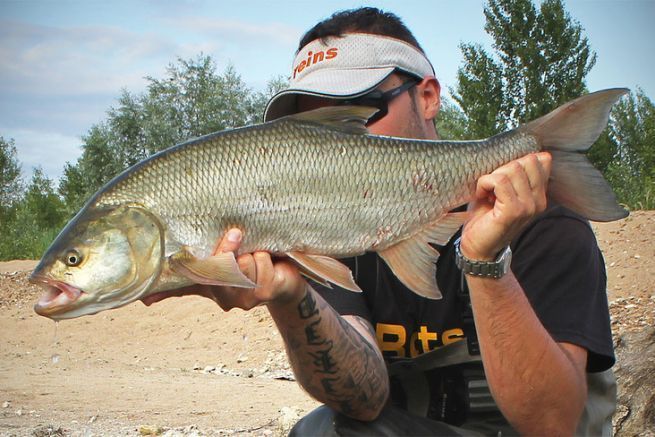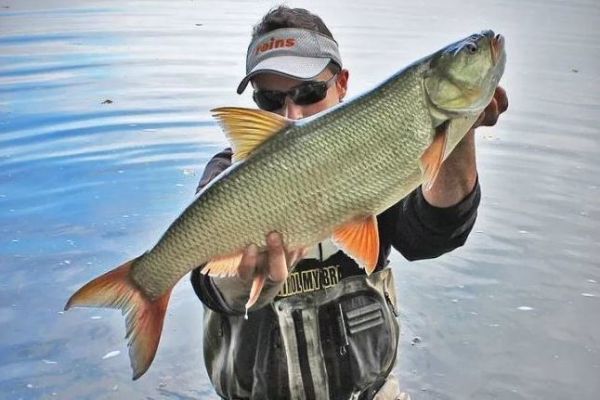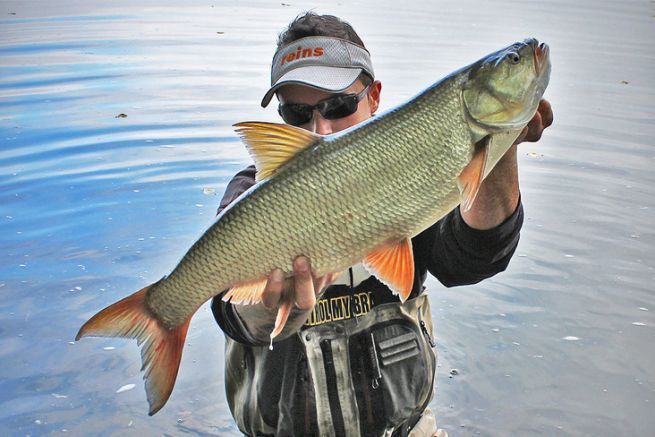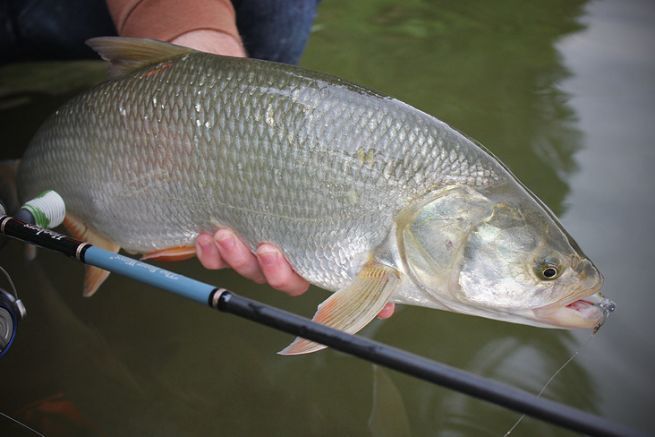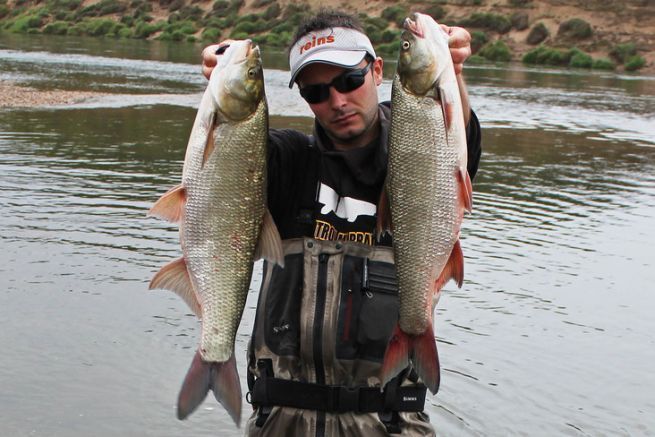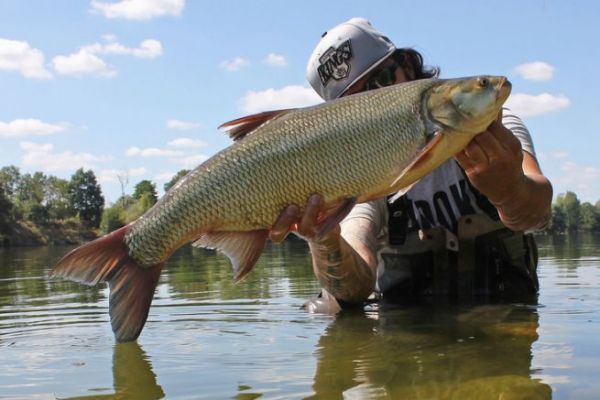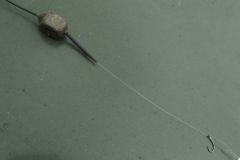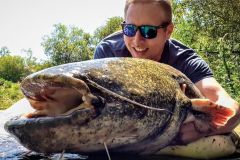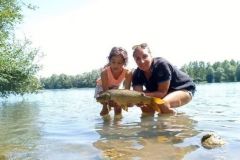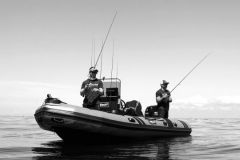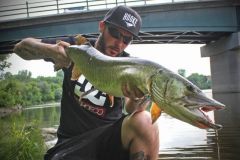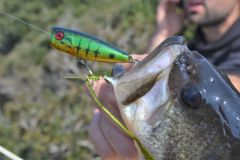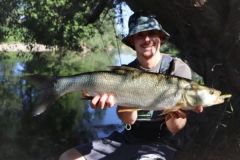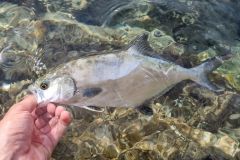On calm banks or in rivers with moderate current
It happens to see marauding asps along the edges sheltered from the main current. These fish, which seem to be looking for a prey, always have the same behavior which is to go up the edge slowly, then to go down by resuming the main current to come back up along the edge, and so on, describing an oval. These fish are difficult to catch from a discretionary point of view, because they evolve close to the edge, but it is quite possible to catch them. To do this, when they come up along the edge, you must cast ahead of the fish to try to cross its path during the retrieve and arrive in a natural way in its field of vision.
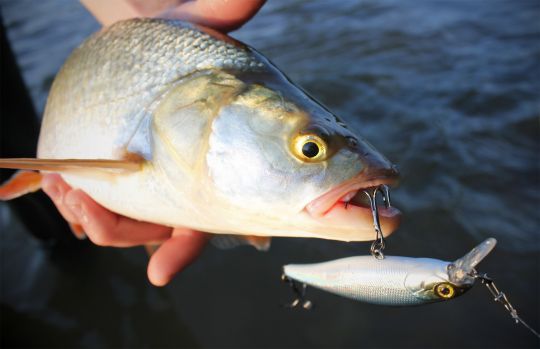
Small suspending or sinking jerk minnows will be adapted to this approach. Natural colors and not too fast animations are the most effective. In medium current rivers, like many of the tributaries of the Loire, asps adopt a similar behavior and fast animations do not give the best results.
In the current
It is in the currents that the asp will spend the majority of its time and it is here that they will be the most regular to catch. Indeed, on this type of post, there are always some fish to be caught, it is at the same time their place of rest and their place of hunting at the same time. Even if the fish are not actively looking for prey, they will still attack a lure without hesitation, well almost... Indeed, in this configuration, we will observe a lot of follow-ups or refusals, we wonder if the asp attacks by opportunism or by curiosity and it is the whole question. In any case, one of the triggers is the speed of the retrieve and you should not hesitate to bring back the lure very quickly, without any pause, as if the fact of preventing the asp from analyzing the lure forced it to attack. Therefore, if a fish starts to follow the lure without attacking it, you must increase the speed and do not reduce the pace, even if our instinct would lead us to do the opposite. One of the king lures in this situation is the sinking stick, but some minnow jerkbaits also do very well when it comes to not stalling at high speed. In this situation and considering the difficulty to keep a nice lure swim in the current, we will have to use lures a little larger, ranging from 7 to 12 cm.
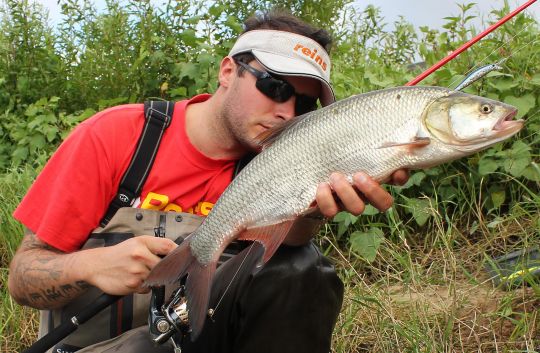
From my experience, generally speaking, the stronger the current, the faster you have to bring the lure back. What you need to remember about fish that are not hunting is that the speed of the retrieve is going to be a determining factor in triggering a kind of reflex attack. If you are dealing with hunting fish, it is important to present them with something as close as possible to the prey they are hunting.

 /
/ 